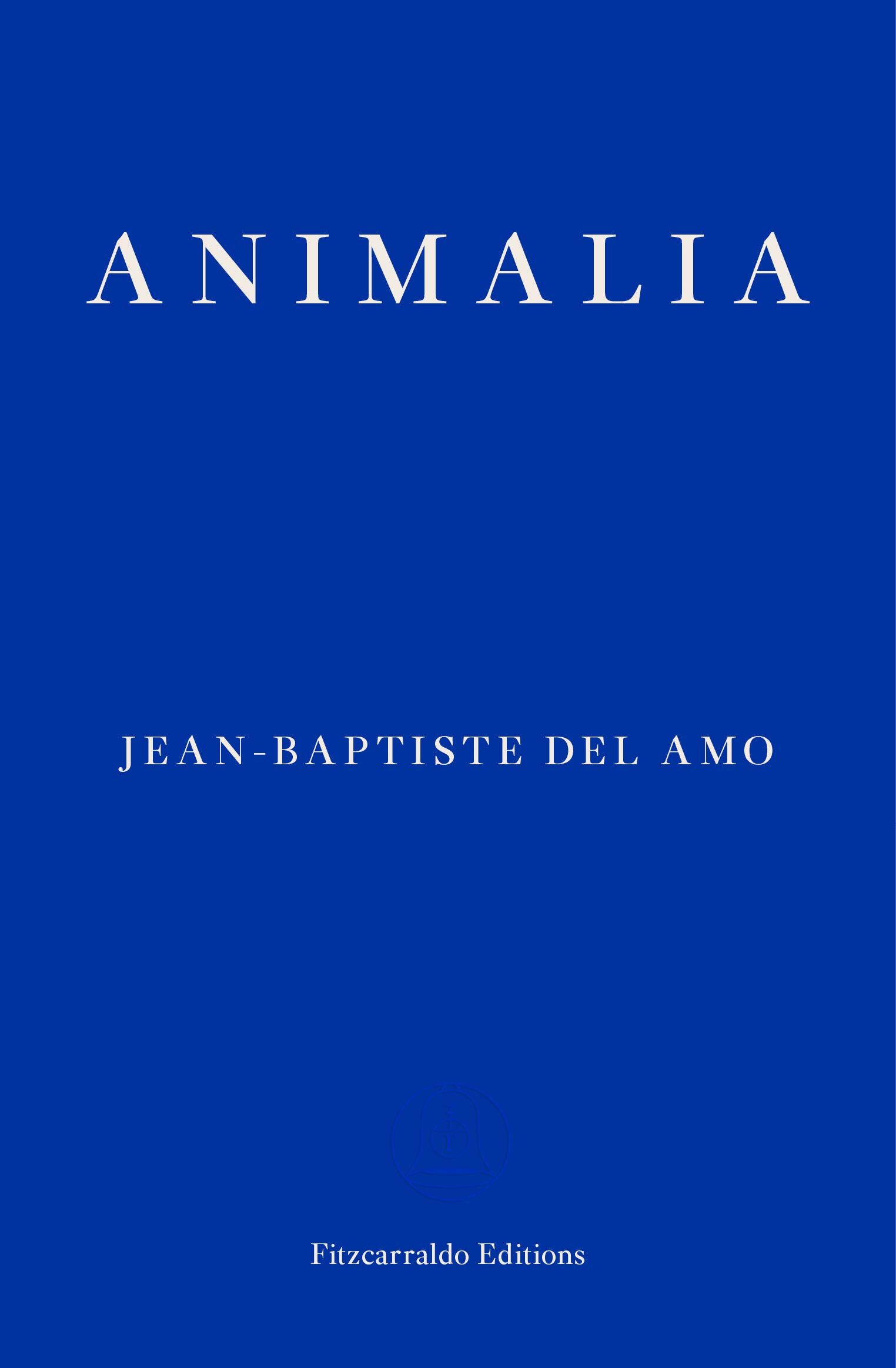Review of Animalia, winner of the Republic of Consciousness Prize 2020
Animalia
By Jean-Baptiste Del Amo, tr. Frank Wynne
Reviewed by Konstantin Rega
In riveting prose that peeks into every corner of the earth, sky, and human heart, Animalia takes on ideas of farm life, penury, and the struggle to just keep going. In four parts, which bookend the rise and eventual destruction of an impoverished, cursed family in Puy-Larroque, France, the text may be compared to the work of Hungarian author Laszlo Krasznahorkai (specifically his beautiful and maddening novel, Satantango).
From the very first page we are introduced to ‘the father’ and his ‘little worm-eaten hobnailed bench’ that continues to make more and more deteriorated appearances. Del Amo takes off in a prose as rich as Virginia Woolf or James Joyce. There is a clear role of language as a tool to excavate ordinary life, to capture the brief, important moments that have repercussions far beyond themselves. I see this type of augmented style as an attempt to show the madness of reality and the veritable impossibility to capture one’s story completely intact; there will always be an insect’s chirp or a cow’s stumble unaccounted for. Yet Animalia speeds forth in its narrative of the father and his wife, known as the genetrix (and, later on, as the widow)—even though the prose seems mired the tale in a delicate muck of rural scenery and of the frequent sexual episodes (animal and human).
Our main force of nature, besides Madame Nature herself, is the genetrix: a woman who despises her ailing husband, abhors the bestial horde of farm animals and regards her daughter Éléonore with anger and mistrust and is only consoled by her religious zealotry. For most of part I and II, she reigns over the farm and over the narrative, inciting hatred from her daughter as well as from Marcel—the male cousin called in to take over the farm as the patriarch declines further and further into sickness and finally into the grave. Even as World War I interrupts the prosaic bucolic life of these modest peasants (forcing Marcel to join its call to arms), the matriarch simmers in her revulsion of the farm.
However, Éléonore ascends as part II tips into its later years (1917 markedly). As the daughter rises, the mother is cast back into the rotting loam and soil of the earth, blighted by old age disguised as madness. This leads Animalia into the last years of its story. Here we see Éléonore an old woman herself, wandering over her memories and wondering how and why the lineage was cursed.
Though one reviewer suggests a reminiscent link with William Faulkner’s brilliant and daring modernist novel, The Sound and the Fury, they leave out the link with his equally important As I Lay Dying. Certainly, the former text is familiar to Del Amo’s in its examination of time and the dilapidation of a family in not only a physical sense but in a moral sense as well. With the Benjy-like character of Jérôme and Quentin-like Julie-Marie, there is perhaps an homage hidden here, but the style of the last two sections is far from the quicksilver stream of consciousness Faulkner utilizes so adeptly. If anything, Jane Smiley’s A Thousand Acres holds more of a resemblance at times, not only in style but in narrative. Like Faulkner and Smiley, Del Amo is interested in the hardships brought to bear on farming communities. Whether they be hardships of slander (incest and madness run rampant, as does the village gossip of them) or the hardships of trying to tame nature, Animalia brings the gritty under such beautiful light that it is difficult to match the strange sickening facts with the magic of the writing.
Whereas the genetrix drives the narrative at the beginning, in parts III and IV, the men (Henri—who is Éléonore’s son—and his own two sons, Serge and Joël) take hold of the reigns. Though the focus is still intent on the relationship between nature and man’s cultivation of it the prose does not loiter and linger on every ounce of dew upon a magnolia petal; however the scenes in which Jérôme holds the center stage do examine the birds and the bees (pun very much intended). This change in style allows the characters to become the main focus, paralleling how in reality the world has moved its interest away from the rustic rural and onto the humans that now populate and plunder it.
The tableau of this French farming family is shown as reality examined to the brink of mania. The first two sections’ use of augmentation (where the sentence is intensified) to reveal the absolute abundance of life and tragedy possible in one spot on earth and the last two sections’ focus on character psychology and drama nicely contrast to give a rich depiction of life on the farm: sad, wearying, bleak, blundering. As the pages fall away, the family falls apart: a fire finally allowed to burn bright. However, perhaps there is hope in this tale of furious filial interactions and dead animals wallowing in dung. And perhaps not…perhaps all that is left is ‘the beast’ juddering to a new hole, his next nest, chased by dogs and insane patriarchs wielding shotguns—never quite living yet just surviving.
Born in Krasnoyarsk, Russia, Konstantin Nicholas Rega currently attends East Anglia's famous MA in Creative Writing, and received a Bachelors of Arts (Honours) from The University of Kent in Canterbury, England. He has been published by www.jonimitchell.com, Mikrokosmos Journal, The Claremont Review, Minetta Review, the White Wall Review, (etc.) and has won the ZO Magazine Silver Prize for Poetry, and currently writes a Jazz Column for Into the Void, and is the Fiction Editor for Crack the Spine and a contributor to Treblezine. www.neomodernkonstantin.weebly.com

